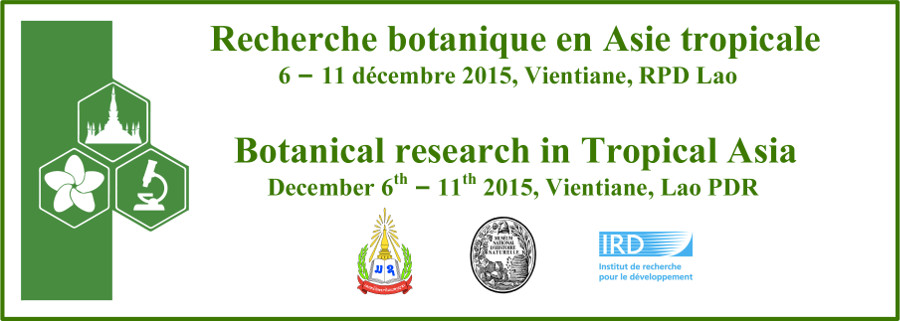Ethnobotanical survey was conducted in different pockets of Paliyar community located in Virudhunagar district, Tamil Nadu (India). Thirty two Paliyar traditional healers were interviewed to collect information on plants used by them for treating dysentery and diarrhoea. Detailed literature survey was conducted to summarize ethnomedicinal, pharmacological, microbiological and phytochemical information on the medicinal plants listed in the present study. Among them, the leaves of Heliotropium indicum L. (Family: Boraginaceae) and Waltheria indica L. (Family: Sterculiaceae) are widely used by Paliyar tribal community in Virudhunagar district, Tamil Nadu (India) to treat diarrhoea. Hence, the present study was designed to investigate the anti-diarrhoeal activity of aqueous and methanolic extract of Heliotropium indicum L. and Waltheria indica L. leaves in rats to substantiate its folklore claim. Castor oil is used to induced-diarrhoea model in rats. Charcoal meal test is used to assess the effects of the extracts. The speed and percentage distance travelled by charcoal meal were analyzed to determine the anti-motility properties of the extract. Atropine sulphate (5 mg/kgi.p.) was used as a standard drug. The drugs were administered orally at the doses of 200 mg/kg and 400 mg/kg. Screening of the phytoconstituents was also evaluated using standardized methods. The extracts from the both plants significantly decreased (P<0.05) the propulsion of charcoal meal through the gastrointestinal tract compared to control rats. The phytochemical screening of the aqueous and alcoholic extracts of two plants revealed the presence of tannins, saponins and flavonoids in both extracts. This result thus supports its use in traditional herbal medicine practice. The presence of phytoconstituents in the extracts may be responsible for the observed effects. It is concluded that further studies are needed to completely understand the mechanism of anti-diarrhoeal action of these medicinal plants.
- Poster

 PDF version
PDF version

